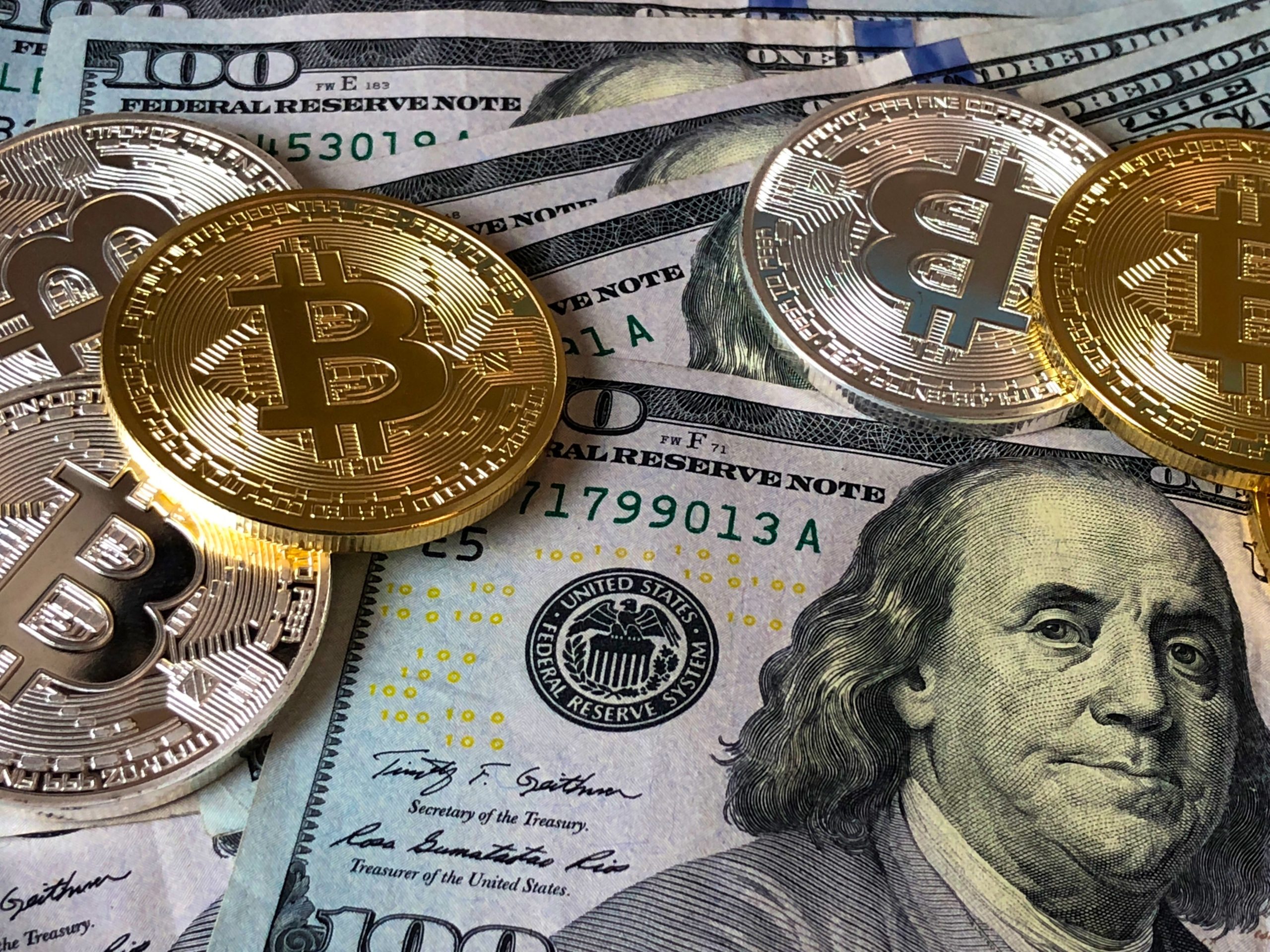Introduction
In the realm of cryptocurrencies, none have captured the world’s imagination and transformed the financial landscape quite like Bitcoin. Born out of a pseudonymous whitepaper and a vision for a decentralized digital currency, Bitcoin has grown from an abstract concept into a global financial phenomenon. This article takes you on a journey through the history of Bitcoin, from its inception to its present-day prominence.
Genesis:
The Birth of Bitcoin (2008-2009)
Bitcoin’s
story begins with an individual or group using the pseudonym Satoshi Nakamoto.
In October 2008, Nakamoto published a whitepaper titled “Bitcoin: A
Peer-to-Peer Electronic Cash System.” This groundbreaking document
outlined the principles of a decentralized digital currency that could operate
without a central authority.
On January
3, 2009, Nakamoto mined the first block of the Bitcoin blockchain, known as the
“genesis block,” marking the official launch of Bitcoin. This day is
now celebrated annually as Bitcoin’s birthday.
Early
Days and Challenges (2010-2012)
In its
infancy, Bitcoin was primarily an experiment within a small community of early
adopters and cryptographers. Mining was relatively easy, and early enthusiasts
could accumulate large quantities of Bitcoin with little competition.
The first
notable real-world Bitcoin transaction took place in May 2010 when a programmer
named Laszlo Hanyecz famously purchased two pizzas for 10,000 BTC, highlighting
Bitcoin’s potential as a digital currency.
During
these years, Bitcoin faced skepticism, regulatory hurdles, and the Mt. Gox
exchange’s infamous hack in 2011. However, it continued to gain traction and
recognition.
Bitcoin’s
Meteoric Rise (2013-2017)
The years
2013 to 2017 marked Bitcoin’s meteoric rise to mainstream attention. Its price
surged, attracting investors, speculators, and media coverage. In 2013,
Bitcoin’s price crossed the $1,000 mark for the first time before experiencing
a significant crash.
2017 was a
watershed moment when Bitcoin’s price soared to nearly $20,000 in December.
This was fueled by increased institutional interest, the launch of Bitcoin
futures contracts, and growing awareness of cryptocurrencies.
Challenges
and Scaling Debate (2017-2018)
The rapid
price increase brought both excitement and challenges. Bitcoin’s network faced
scalability issues, leading to a heated debate within the community about how
to increase transaction throughput. This resulted in the split of the Bitcoin
blockchain into Bitcoin (BTC) and Bitcoin Cash (BCH) in August 2017.
Bitcoin
Today: Maturing and Institutional Adoption (2019-Present)
In recent
years, Bitcoin has continued to evolve. Regulatory clarity has improved in many
regions, and institutional investors have entered the market. Companies like
Tesla and Square have added Bitcoin to their balance sheets, signaling growing
acceptance.
Bitcoin’s
price has remained volatile, but its status as a digital store of value akin to
“digital gold” has solidified. As of my last knowledge update in
September 2021, Bitcoin’s price was hovering around $45,000.
Conclusion:
A Digital Revolution
Bitcoin’s
journey from a whitepaper to a global financial asset is a testament to the
power of decentralized technology and the desire for financial autonomy. It has
sparked a broader blockchain revolution, inspiring countless other
cryptocurrencies and blockchain projects. While the Bitcoin story continues to
unfold, one thing is clear: it has forever changed the way we think about money
and finance.




